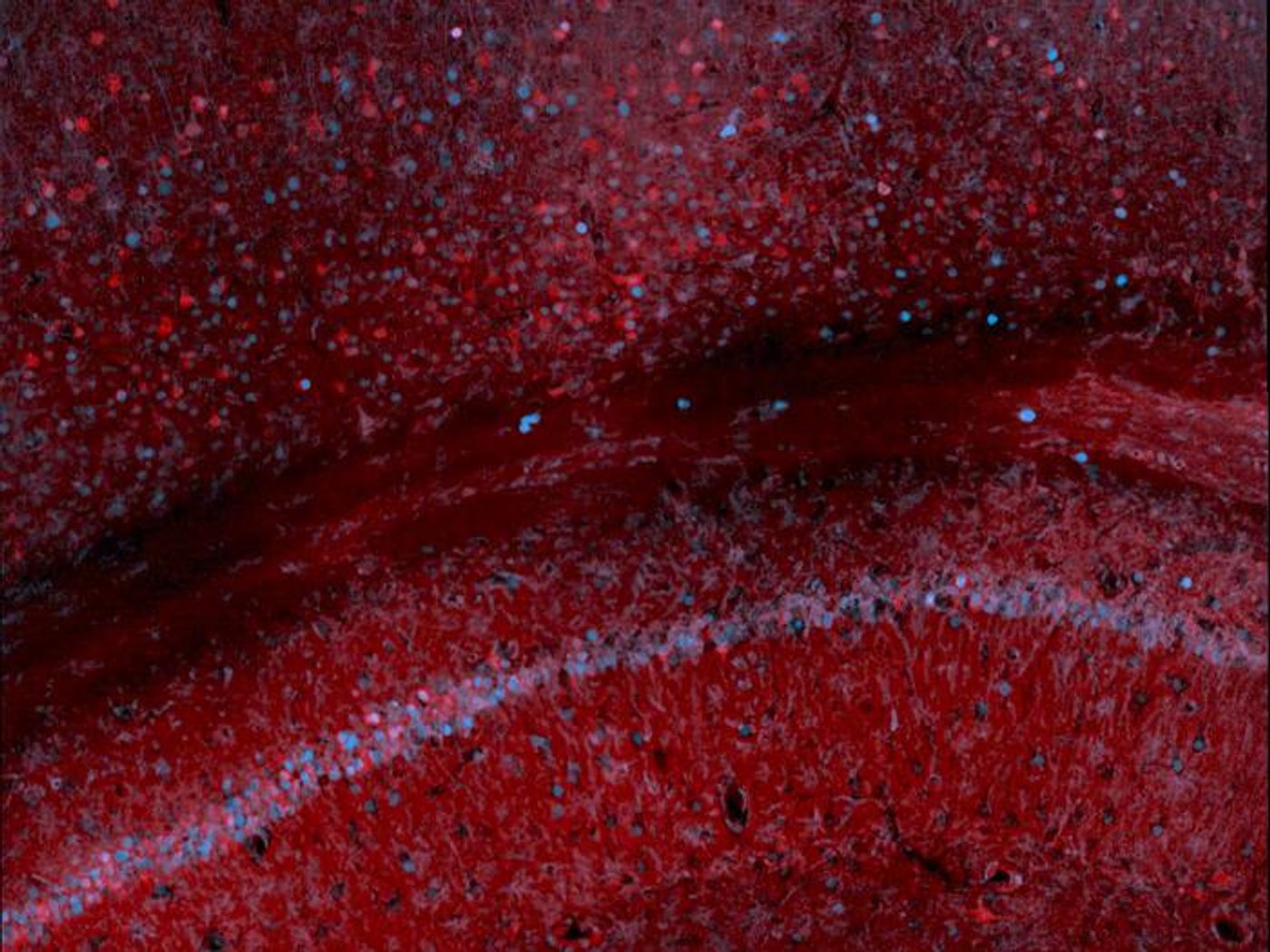A New Tool Tracks Gene Activity in the Brain with a Blood Sample
Scientists have limited abilities to analyze brain tissue because the delicate organ is carefully protected. But researchers have now created a non-invasive method to assess gene expression in the brain, which only requires a blood sample. This technique might make it easier to study processes like development in the brain, or to diagnose problems like neurological disorders. The work has been reported in Nature Biotechnology.
This tool takes advantage of a special group of molecules called released markers of activity (RMAs). The scientists developed these RMAs, which carry a section that is transcribed to create a molecule that allows the RMAs to move past the blood-brain barrier, along with a reporter that can be easily detected. This enables researchers to monitor the expression of some specified gene of interest, using only a blood sample.
Now, instead of having to wait until techniques to be applied post-mortem, it will be possible to assess gene expression in the brain in a sensitive and specific way, noted corresponding study author Jerzy Szablowski, an assistant professor of bioengineering at Rice University.
There are antibodies that are known to be able to pass through the blood-brain barrier, because they are linked to a protein called neonatal fragment crystallizable receptor (FcRn). In this work, the researchers took the crucial portion of FcRN that gets it past the barrier and attached it to a reporter protein. In a mouse model, gene expression could be seen in a blood sample when the RMA was made to identify a specific gene that is expressed in the mouse brain.
"This method is very sensitive and can track changes in specific cells," Szablowski said. "Producing this protein in approximately one percent of the brain raised its blood levels up to 100,000-fold compared to baseline. We could specifically track the expression of this one protein with just a blood test."
RMAs can now be used to analyze gene expression in the brain. For example, it could reveal the length of time that gene therapies remain in the brain, and could be used over time because it's not invasive.
"But we can also use RMAs to study gene expression as it relates to disease. Being able to track different gene expression changes will allow us to understand what leads to disease and how the disease itself changes gene expression in the brain," added Szablowski. "This could provide new clues for drug development, or even for how to prevent neurological diseases in the first place."
Sources: Rice University, Nature Biotechnology









